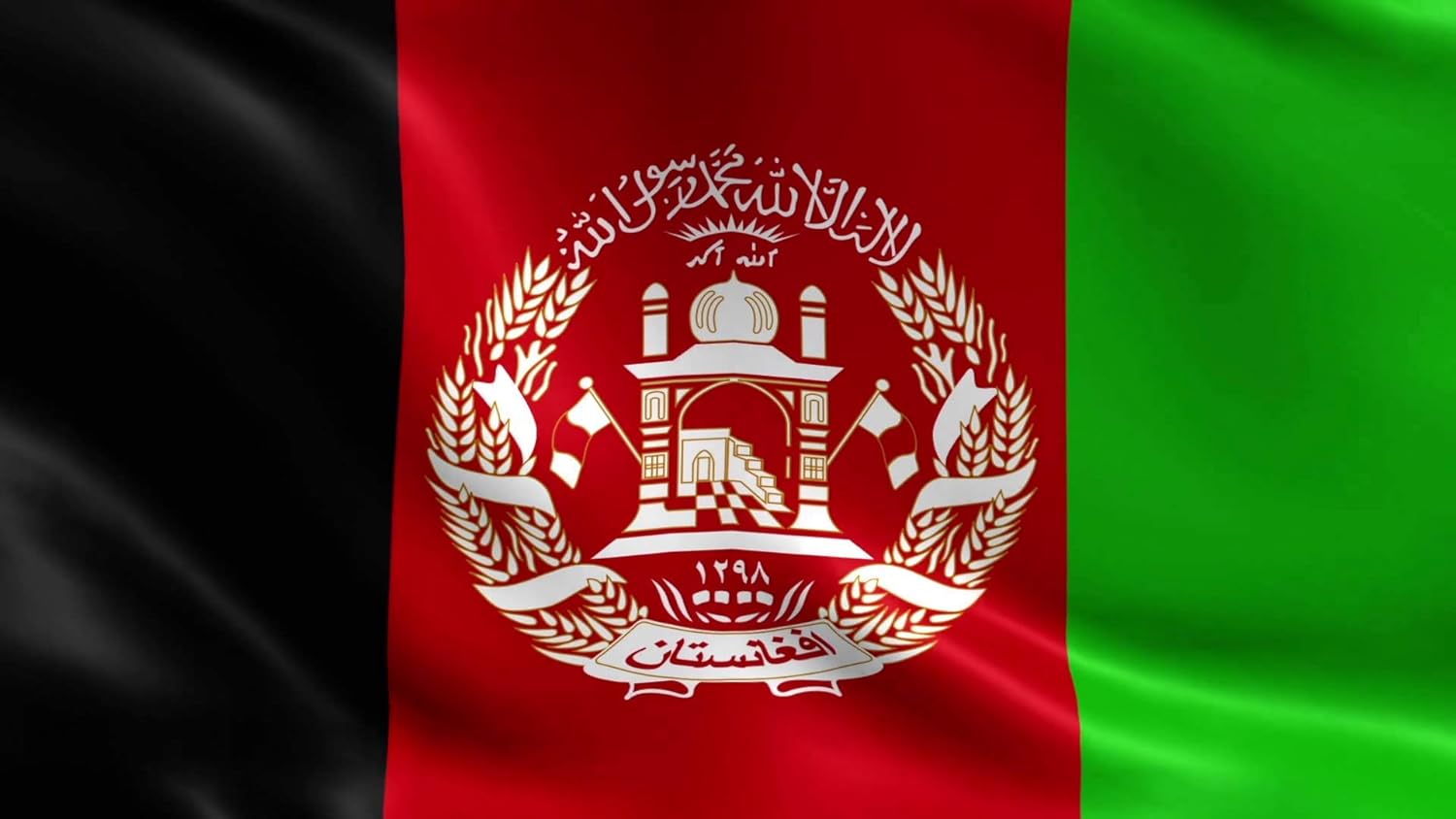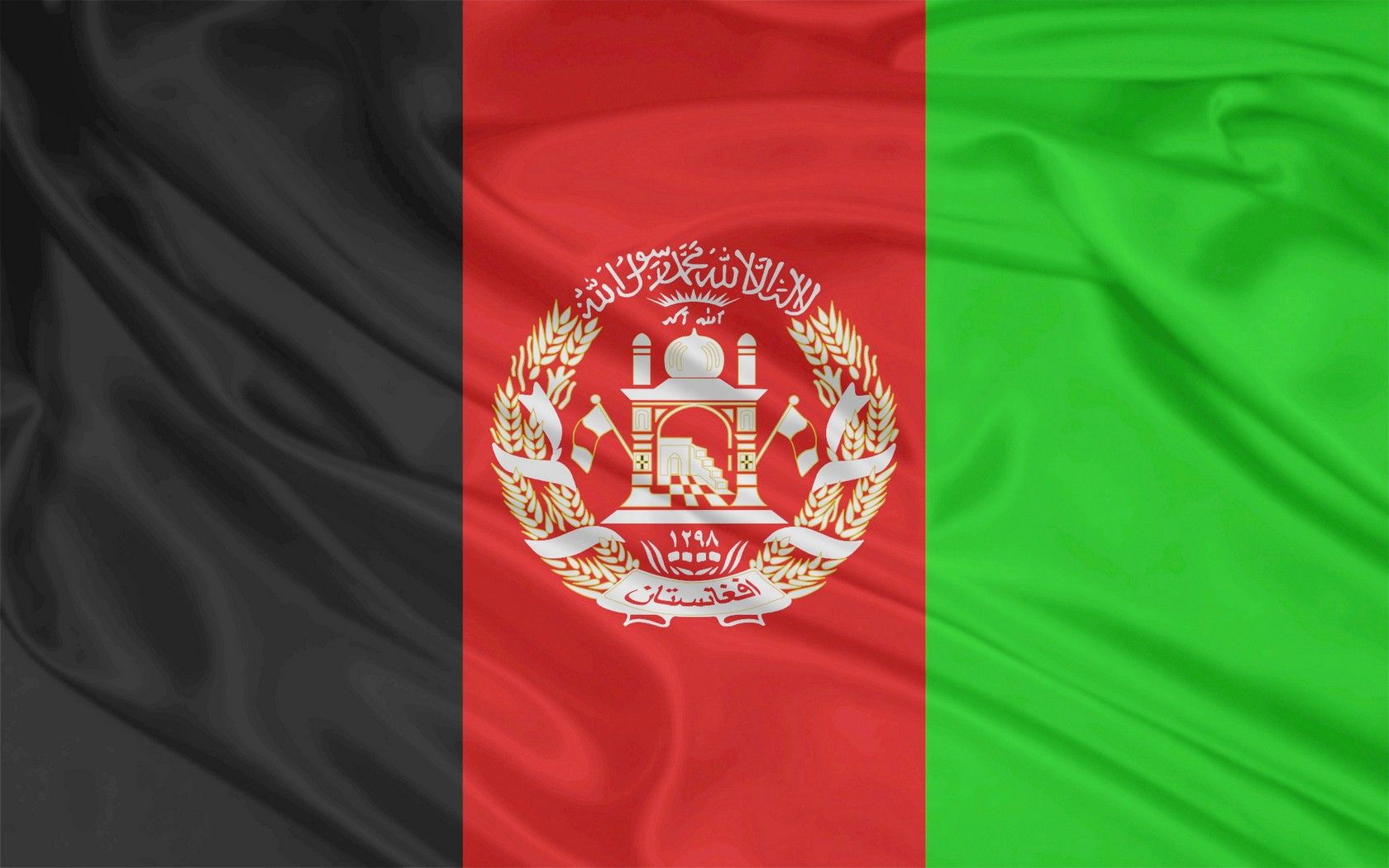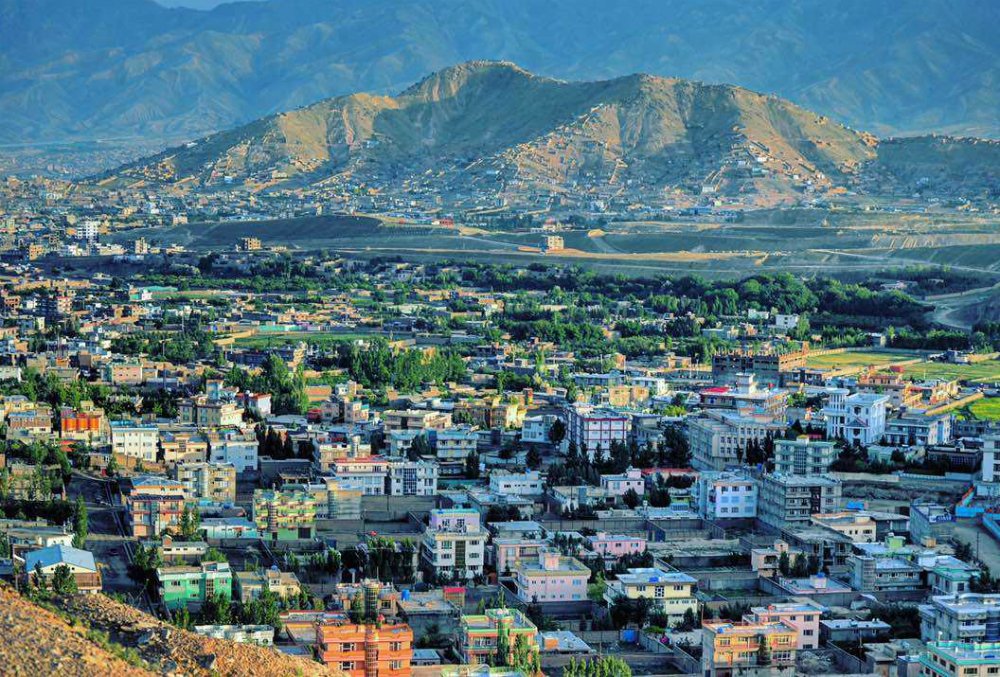Introduction to the Afghanistan Flag
The flag of Afghanistan, known as the “Parcham,” has a rich history and symbolism deeply rooted in the country’s culture and heritage. In this comprehensive guide, we’ll explore the design, meaning, history, and significance of the Afghanistan flag, as well as some fun and interesting facts about its symbolism.

Design of the Afghanistan Flag
The Afghanistan flag consists of three vertical stripes of black, red, and green, with the national emblem in the center. The emblem features a mosque with its mihrab facing Mecca, surrounded by sheaves of wheat.
Meaning and Symbolism
Black Stripe
The black stripe represents the troubled past of Afghanistan and serves as a reminder of the country’s struggle for independence and sovereignty.
Red Stripe
The red stripe symbolizes the blood shed by Afghan martyrs in defense of their homeland and the fight for freedom.
Green Stripe
The green stripe represents hope, prosperity, and Islam, which plays a significant role in Afghan culture and society.
National Emblem
The national emblem in the center represents the Islamic faith and features a mosque symbolizing the country’s devotion to Islam, surrounded by sheaves of wheat symbolizing prosperity and agriculture.
History of the Afghanistan Flag
The Afghanistan flag has undergone several changes throughout its history, reflecting the country’s political shifts and cultural transformations. The current design with the national emblem was adopted on August 19, 2013, replacing the previous emblem featuring a gold eagle and sun.
Fun and Interesting Facts
The Afghanistan flag is often referred to as the “Parcham,” which means “banner” or “flag” in Persian.
The colors of the Afghanistan flag are reminiscent of the Pan-Iranian colors used in various flags across the region.
The national emblem of Afghanistan underwent modifications over the years, with the current design featuring the mosque and wheat adopted in 2013.
Commonly Asked Questions
What do the colors of the Afghanistan flag represent?
The black stripe represents the troubled past, the red symbolizes the blood shed for freedom, and the green represents hope, prosperity, and Islam.
Why was the national emblem of Afghanistan changed in 2013?
The emblem was changed to reflect a more culturally and historically accurate representation of Afghanistan’s identity and values.
What is the significance of the mosque in the Afghanistan flag?
The mosque symbolizes the country’s devotion to Islam, which plays a central role in Afghan culture and society Afghanistan: Flag Information
Conclusion
The Afghanistan flag, with its bold colors and rich symbolism, serves as a powerful representation of the country’s history, culture, and aspirations. Understanding the meaning behind its design and the significance of its symbols provides valuable insight into Afghanistan’s identity and heritage.
- Turkey Major Exports - July 19, 2024
- What is the Capital of Turkey? Ankara - July 18, 2024
- Where is Turkey Located? - July 16, 2024








